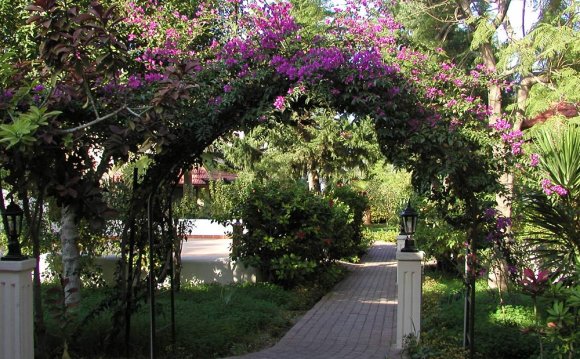
Creating a budget is an importing part of planning your landscaping project. "Everyone has a budget so it's important to figure out what is important, " says Risa Edelstein, president of the Ecological Landscaping Association. "Focus on the functions or areas you're going to use the most or which are driving you crazy and need to fix immediately."
Try these tips when developing a landscaping budget:
Take an Inventory. The first step of any landscaping project is to make a list of what you already have and do a site analysis. You might be surprised at how many gems are hiding around your yardplants that have gotten lost in the overgrowth and need only to be relocated, pruned, thinned, weeded, grouped or divided to regain their former glory. You can also repurpose hardscape materials such as bricks for a walkway or a rusty railing for a garden trellis.
"A lot of people have no idea what they haveor what they have that they shouldn't, meaning that a lot of mid-century gardens contain old plants such as ivy and burning bush that are now considered invasive, " Edelstein says.
Hire a Professional.: One of the best ways to avoid costly mistakes is to hire a professional to design a master plan, which not only helps you visualize the possibilities and but also maps out the steps to achieve themand get it right the first time.
A master plan also helps you understand where the money goes, which isn't always where you can see it. For example, many towns now require drainage systems to catch stormwater run-off if you install a certain amount of impervious paving. "It comes as a surprise to have money spent on something you don't see because it's underground, " says Robert Schucker, president of R&S Landscaping in Midland Park, N.J. "But if you ignore things like drainage issues, it can wind up costing you a lot more to fix after the fact."
Don't Be Coy About Costs. Know what you want to spend and talk budget up front with your landscape professional. Understand what things cost by getting at least three estimates and If you're unsure what to budget, the American Society of Landscape Architects suggests to start with 5 percent to 10 percent of your home's worth. The good news: a good landscape design can add as much as 15 percent to the value of your home compared to other houses on your street.
Splurge on the "Maximum Value" Features. Consider which features will get the most use or provide the most enjoyment to you. For example, it might be an outdoor kitchen or living room patio that serves as an extension of your indoor living space for a good portion of the year. Or it could be a beautiful backyard vista to be enjoyed primarily from inside your house.















